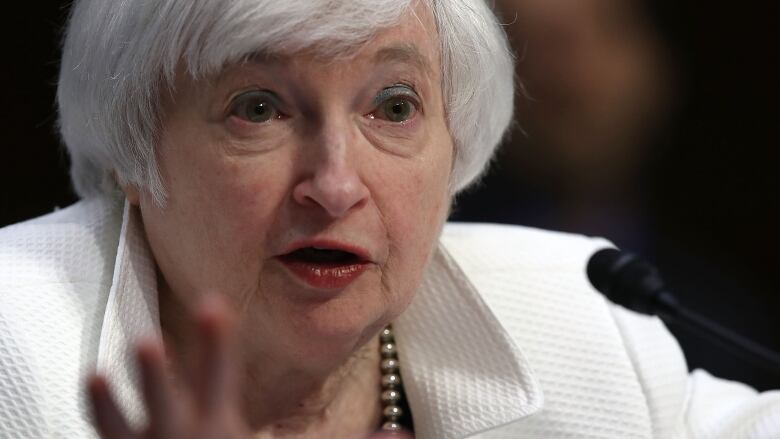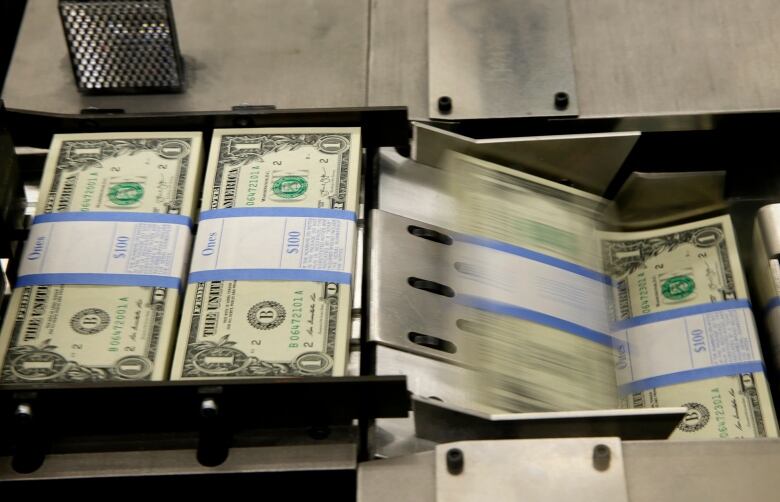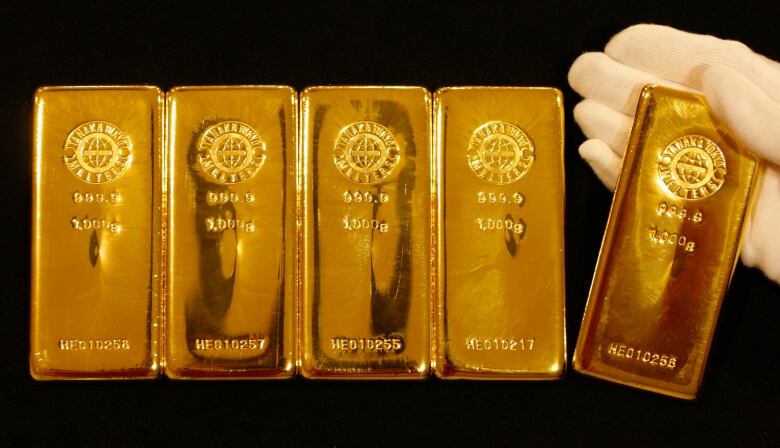Janet Yellen conducts a giant experiment as Fed decides whether to raise rates: Don Pittis
The strange new world of the Federal Reserve is not your daddy's central banking system

Stocks surged and tumbled last week as market analysts see-sawed over whether U.S. Federal ReserveChair Janet Yellenand her panel of advisers would raise interest rates this week.
Everyone from Canadian homeowners to stock and bond traders are holding their collective breath waiting to see what Yellen decides.Butwhether sheraises rates, cuts them or leaves them the same, experts say the Fed is conducting a giant monetaryexperiment using strange new tools, and no one quite knows how it will turn out.
- Stocks tumble as markets digest prospect of U.S. Fed rate hike
- Stocks surge after Fed board member suggests no hurry to raise rates
Money used to be so much easier to understand, sayseconomist andcentral banking critic Kevin Dowd, who did one of his degrees at Western University in London, Ont.
Printing money
"The fundamental problem with money is that there has to be some mechanism to control it because it costs almost nothing to print a $100bill," says Dowd, now a finance professor at Durham University in Britain.

Up until 1935, Dowd says,the Canadian dollar was one of the most stable in the world. That was before Canada had a central bank. Instead the value of the currency was tied to gold, and interest rates were set in the market by bankers who would succeed or go broke based on whether they lent money at the right price.
Boring bankers wanted
"You want boring bankers. We've gone away from this model," says Dowd.
Since the banking crisis of 2008, central banking has been anything but boring.

"Some banks should certainly have been allowed to fail because they were essentially zombies," says Dowd. "Instead the banks were propped up. They weren't recapitalizedand made strong again."
Since U.S. president Richard Nixon went off the gold standard in the early 1970s, the U.S. dollar has become the new equivalent of gold in the world's banking system.And since the 2008 crisis, central banking has entered a strange new world, saysCanadianmonetary policy expertScott Aquanno.
"They're still ina kind of experimental stage," says Aquanno, whose main area of research is the U.S. Federal Reserve system. He is a research fellow at the MunkSchool of Global Affairs and teaches at University of Ontario Institute of Technologyin Oshawa, Ont.
Under the traditional model of central banking, the Fed used to changeinterest rates by altering theamount of money in circulation by buying and selling bonds.
New toolkit
But with a glut of U.S. dollars already circulating in the world, that is no longer possible. Instead says Aquanno, the Fed has had to develop a whole new toolkit.
For instance, if the Fed decides to raise rates this week, one tool it can use issomething called the I.O.E.R. system,which stands for interest on excess reserves. Effectively, the Fed pays interest on any money bankshave on hand.
Since lending for less than that rate to any other borrower would cost the banksmoney, the Fed is able to set a floor on interest rates.
"The assessment of how the Fed is doing has to begin by pointing out it is in uncharted territory," says Aquanno.
There are several odd things about the I.O.E.R system, but one is that it means the Fed will no longer bepaying money to the U.S. treasury in other wordsto the U.S. taxpayer.
Instead, billions of dollars will be flowing from the Fed to the banks in interest payments. And the higher it pushes rates, the more the Fed will have to pay.That's especially ironic considering that the current money glut that made the new system necessaryoccurred because the taxpayers bailed out the banks in the 2008 crisis.
New crisis
BothDowd andAquannobelieveit is crucial for the Fed to gradually push rates higher. Aquannosays that would allow the Fed to cut rates in the event of a new crisis. Dowd fears that raising rates to their"normal rate" may itself precipitate a crisis.
And fixing the system for the long term?
"I can't see it being done in any other way than through a crisis, but my fear is the crisis could produce the wrong solutions," says Dowd. "It did the last time."
Aquanno sees dangers, and believes the coming period will be "messy." But he believes the Federal Reserve will continue to create new tools to get us through the messy time.
"It's still in its infancy so it's difficult to understand all the potential problems or limitations," says Aquanno of the new regime for keeping the U.S. dollar stable."By all accounts, it works. We think it works."
Follow Don on Twitter@don_pittis
More analysisfrom Don Pittis












_(720p).jpg)


 OFFICIAL HD MUSIC VIDEO.jpg)
.jpg)



























































































